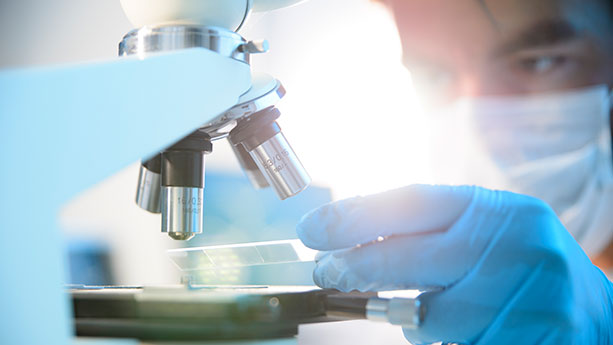Most back pain is resolved without the need for surgery, but for some conditions back and spine surgery can help. Board-certified neurosurgeons and orthopedic surgeons at Sutter Roseville Medical Center offer the latest in advanced surgical procedures and techniques. Each year, doctors here perform more than 600 spine procedures using both traditional and minimally invasive approaches.
Before surgery, our team partners with you to understand your goals and work on a specific treatment plan to meet your needs. Because we’re home to a Level II Trauma Center, we offer immediate care for traumatic spinal cord injuries such as fractures, dislocations, compresses or crushes sustained during incidents such as a car accident or fall. We also have an in-house trauma and neuro intensive care unit, with specialists on site around the clock. Our trauma center is verified by the American College of Surgeons as meeting the organization’s most stringent requirements for trauma center quality.
If you need dedicated rehabilitation care after surgery, you may be referred to the Sutter Rehabilitation Institute (SRI) in Roseville. Our rehabilitation center is certified by the Commission on Accreditation of Rehabilitation Facilities (CARF) as adhering to the highest industry standards of excellence.
In fact, we offer the only CARF-certified Spinal Cord System of Care in northern California, outside the Bay Area, providing advanced specialty rehabilitation for people who have sustained a spinal cord injury. We received this special designation based on our focus on quality, performance improvement and outcomes, as well as the expertise of Sutter doctors and staff.
The medical director at SRI is board certified in spinal cord injury medicine, and all of the board-certified rehabilitation physicians have experience in caring for spinal cord injured patients. Our team includes specialty-trained therapists and certified rehabilitation registered nurses (CRRN’s) who focus on your self-care, mobility, skin integrity, and bowel and bladder care; a peer counselor who himself sustained a spinal cord injury many years ago; and a recreation therapy specialist who can show you new ways to follow your passions and return to the community.
Our goal at Sutter Roseville is for you to have access to a continuum of care, from diagnosis through recovery. We provide surgical services including:
Disc Repair
In adults younger than age 50, pain radiating down the back likely points to a disc problem, such as a degenerated or herniated disc. Surgeries such as diskectomy remove the faulty disc, or portion of the disc. A corpectomy, removal of part or all of a vertebra, may also be involved. If necessary, the space left by the removed disc is replaced with an implant that improves stability and relieves pressure on the nerve.
Sacroiliac (SI) Joint Fusion
Up to 35% of people with low back pain may actually have a painful sacroiliac joint, where the sacrum and ilium pelvic bones meet. Because an MRI scan may be normal, SI joint pain can go undiagnosed for years. Comprehensive treatment includes SI joint injection or ablations. If these therapies don’t relieve the pain, you may be a good candidate for minimally invasive sacroiliac joint fusion. This surgery is performed through a 1-inch incision, takes less than an hour and involves minimal blood loss. Implants are placed across the SI joint to stabilize the joint, resulting in pain relief in most cases.
Spinal Stenosis
Many older adults experience spinal stenosis, or a narrowing of the spinal canal, due to conditions or injuries such as arthritis, bone spurs or fractures. In these cases, surgeries such as cervical laminoplasty, laminectomy or foraminotomy, and arthrodesis (spinal fusion) can shore up the spine by fusing bone together or adding instrumentation such as rods, screws or implants.
Scoliosis Surgery
Some teenagers with scoliosis may need surgery if the curvature is severe (more than 40 degrees) and progressive. Otherwise the curve may cause pain and deformity over time. Both minimally invasive scoliosis surgery and traditional scoliosis surgery can straighten the curve and create a stable spine using instrumentation such as rods and screws.
Tumor Resection and Removal
In rare cases, a tumor may cause back pain as it presses against the nerves. A surgeon may determine that surgery can remove the tumor safely to relieve symptoms and protect the spine.
Kyphosis Correction
Kyphosis causes excess curvature of the spine, often producing a rounded or hunched back as well as pain and reduced mobility. Kyphosis correction surgery uses spinal implants to help straighten and stabilize the spine.














